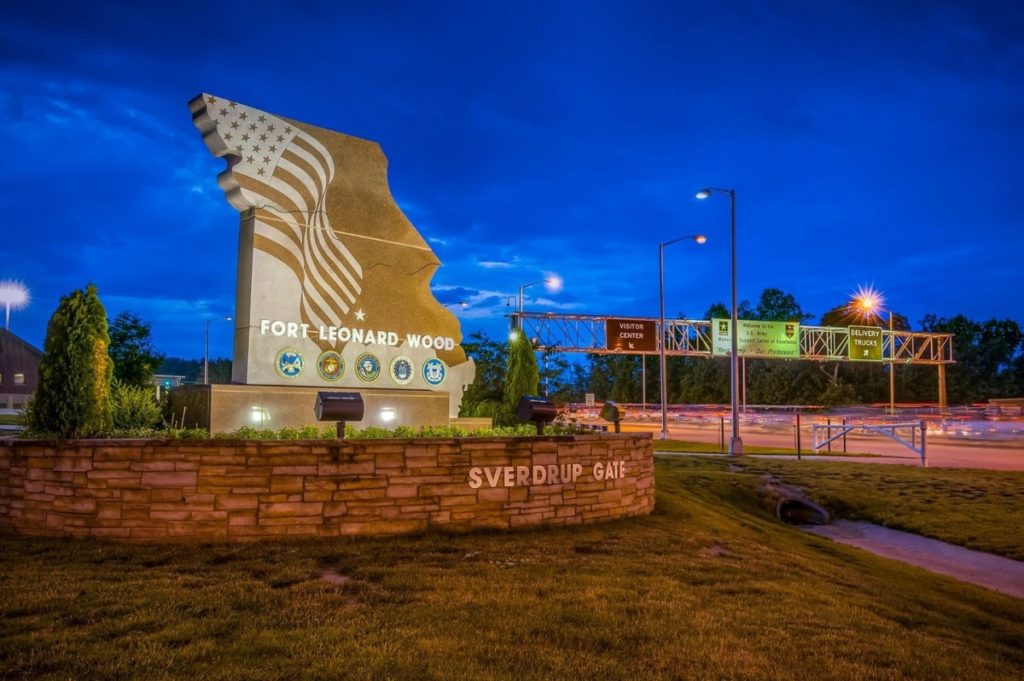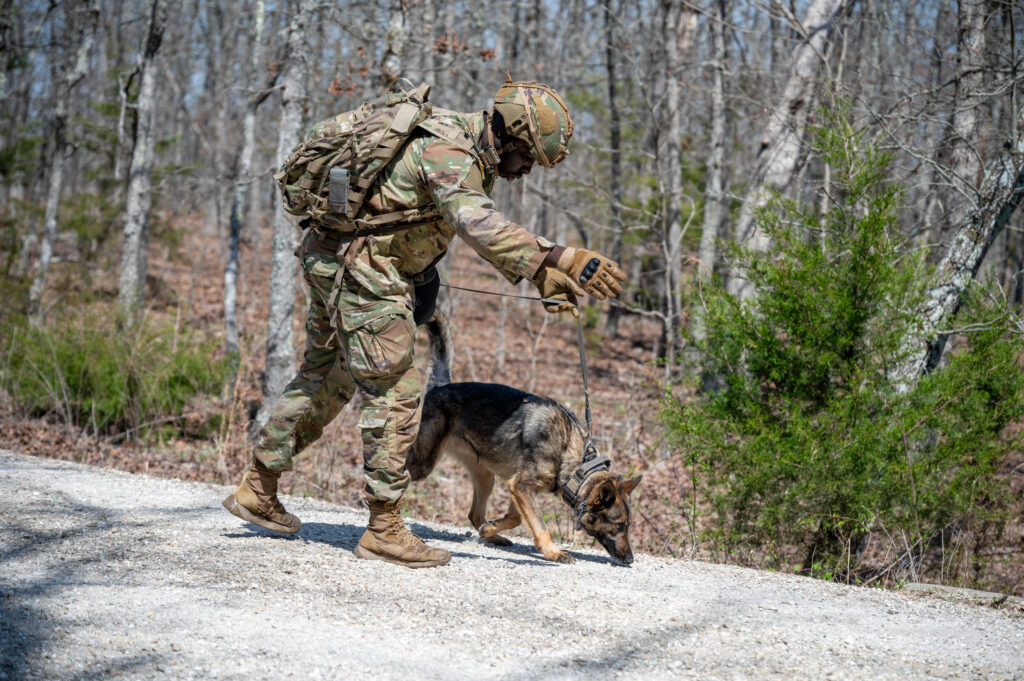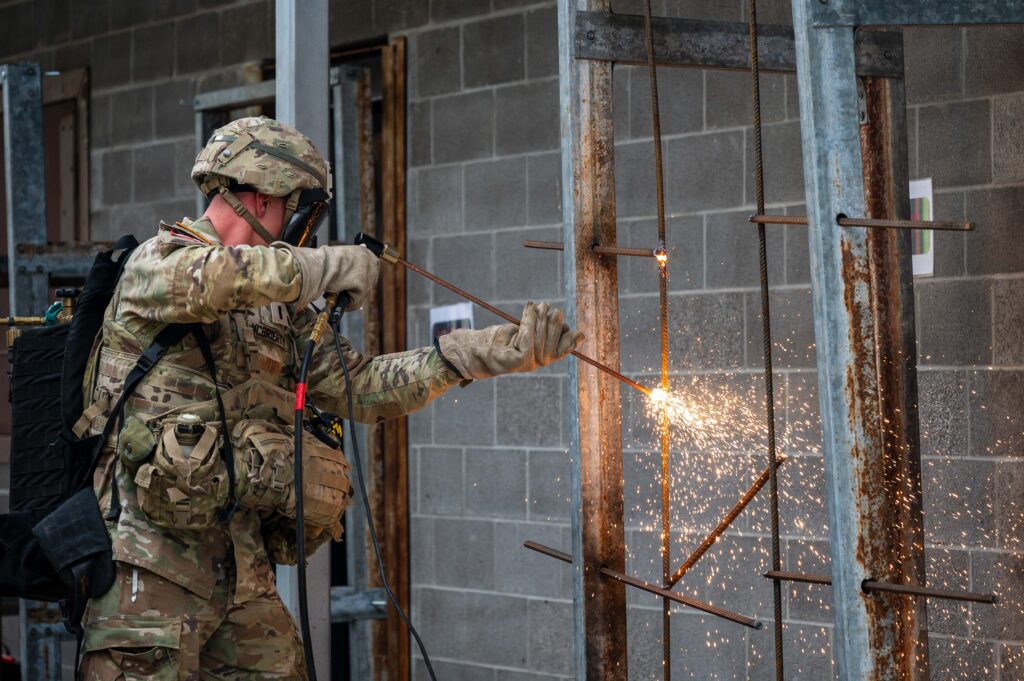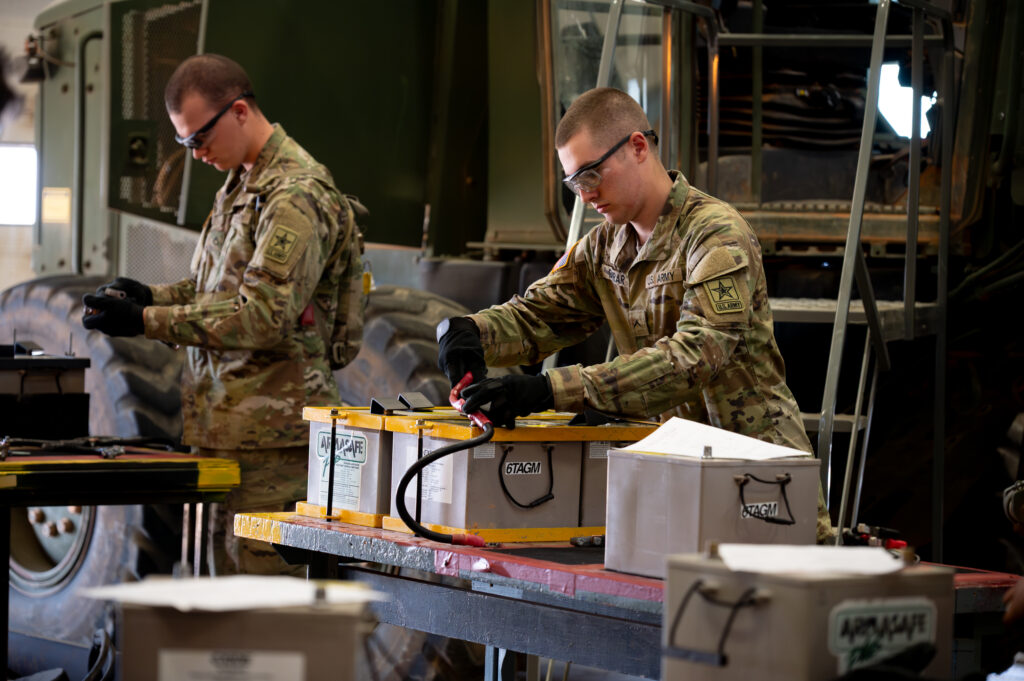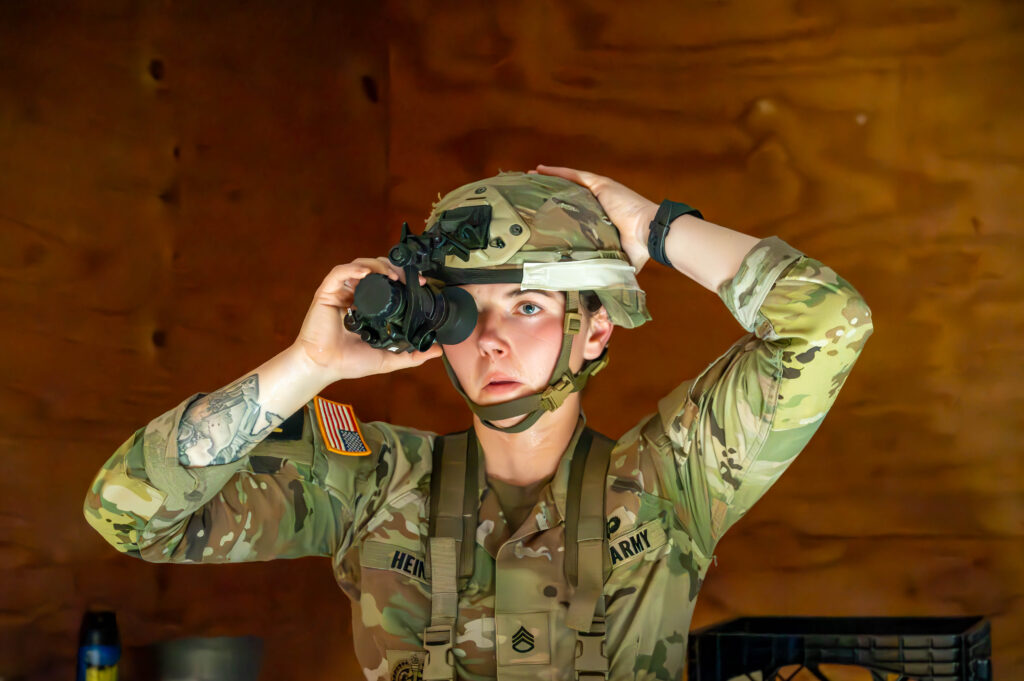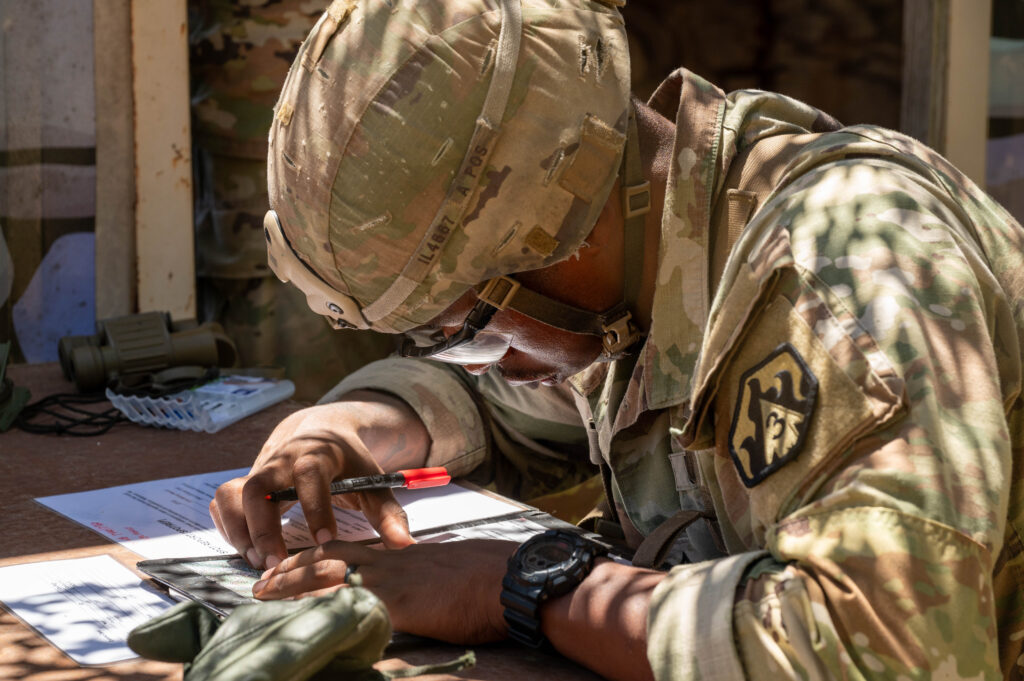Brian Hill
FORT LEONARD WOOD, Mo. (Nov. 13, 2020) — Soldiers here gained familiarization on a new medical readiness enabling system last week at the Training Support Center.
Workers unpacked 14 Tactical Combat Casualty Care – Exportables, commonly known as the TC3X. After some systems checks, they were inventoried and given a test drive by combat medics and drill sergeants as part of a train-the-trainer course.
According to Lt. Col. Rickardo Christopher, Medical Simulation product manager at the Program Executive Office for Simulation, Training and Instrumentation in Orlando, Florida, the TC3X provides realistic combat casualty care training.
“It talks and responds like a real human would,” he said. “This device provides vital training needed to save Soldiers’ lives on the battlefield now as well as in the future.”
Christopher said 20 medical scenarios are programmed into the computers inside each TC3X, covering the three preventable causes of death in combat: traumatic hemorrhage, tension pneumothorax and obstructed airway. The scenarios can be controlled and modified on the spot by remote control.
Sgt. 1st Class Travis Swope, a drill sergeant assigned to Company C, 35th Engineer Battalion, was operating the control module on day two of training.
“It’s a really easy interface, which I appreciate,” he said. “We just started training on it, and today — I’m not an expert, but I’m pretty good with it. It’s easy to cycle through things.”
Swope called the TC3X a big step forward compared to how casualty care has been trained on before.
“Usually, when we do training, we’ll have someone act as a casualty,” he said. “You give them a casualty feeder card that says what’s wrong with them. They might have some fake blood on them, but it’s hard to tell the difference between something that’s still bleeding and something that’s not bleeding. It takes away from the training value. With this, I can change things for each trainee. I can have the first trainee come up, and there’s inguinal bleeding and he’s got breathing troubles. I can have the next trainee come over and he’s got an amputation and no breathing trouble. That really amplifies the training — it’s a good tool for that.”
One of the combat medics who trained on the new technology was Cpl. Aidan Colhoff, Sapper Training Company, 169th Engineer Battalion. He said the added feedback will help eliminate what he called “training scars.”
“Before, we were working with actual mannequins like you see in retail stores,” he said. “This is more involved. Some of the training scars in the past, where you would have Soldiers stopping and asking the instructor, ‘Does my patient accept this intervention? What’s the blood pressure?’ — stopping like that really takes them out of that scenario. You really lose the training value.”
The sounds and movements of the TC3X keep the trainee focused on the patient, Colhoff added.
“When they get to the casualty, they see that it’s moving and not just stationary,” he said. “They freeze for a moment. The (injuries) are there. No one has to tell them the leg is blown off. It actually has the partial limbs and everything you see is in play.”
Staff Sgt. Aaron Luecht, a drill sergeant assigned to Company C, 31st Engineer Battalion, assisted Colhoff in evaluating and treating a casualty during a training session Nov. 5.
“You can teach this stuff all day, but no one really understands until there’s actually blood coming out,” he said.
Swope added many of the medical procedures Soldiers can perform on the TC3X couldn’t be trained on as easily before.
“You can do a chest decompression; you can put in an IV,” he said. “They don’t have to pretend. With this, they can feel the pressure of putting that in.”
“It’s a sensory experience,” Christopher said. “It provides Soldiers with training in troubleshooting medical issues before they find themselves in a real-world situation. We’re building their muscle memory to properly train the way they would and should react when called upon.”
More than a decade of work has gone into creating the TC3X, Christopher said. However, future upgrades Soldiers can look forward to training on include the implementation of a physiology software engine which can incorporate the effects of medication for proper treatment.
For now, though, a total of 123 TC3X systems are being fielded through the PEOSTRI for Soldiers located all over the globe. Once units have individuals trained and certified, they may sign out the equipment.
“Field exercises and casualty scenario training just got a big upgrade,” Christopher said.




-30-
About Fort Leonard Wood
Fort Leonard Wood is a thriving and prosperous installation that has evolved from a small basic training post more than 75 years ago to a premier Army Center of Excellence that trains more than 80,000 military and civilians each year.
Fort Leonard Wood is home to the U.S Army Maneuver Support Center of Excellence and three U.S. Army schools: the U.S. Army Engineer School; U.S. Army Chemical, Biological, Radiological and Nuclear School; and the U.S. Army Military Police School. In addition to training engineer, CBRN and military police specialties for the Army, Fort Leonard Wood also provides gender-integrated in-processing and Basic Combat Training for new Soldiers.
Fort Leonard Wood also hosts and trains with the largest Marine Corps Detachment and Air Force Squadron on any Army installation as well as a large Navy construction detachment.
More information about Fort Leonard Wood is at: https://home.army.mil/wood/index.php/about/mission
